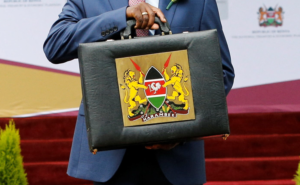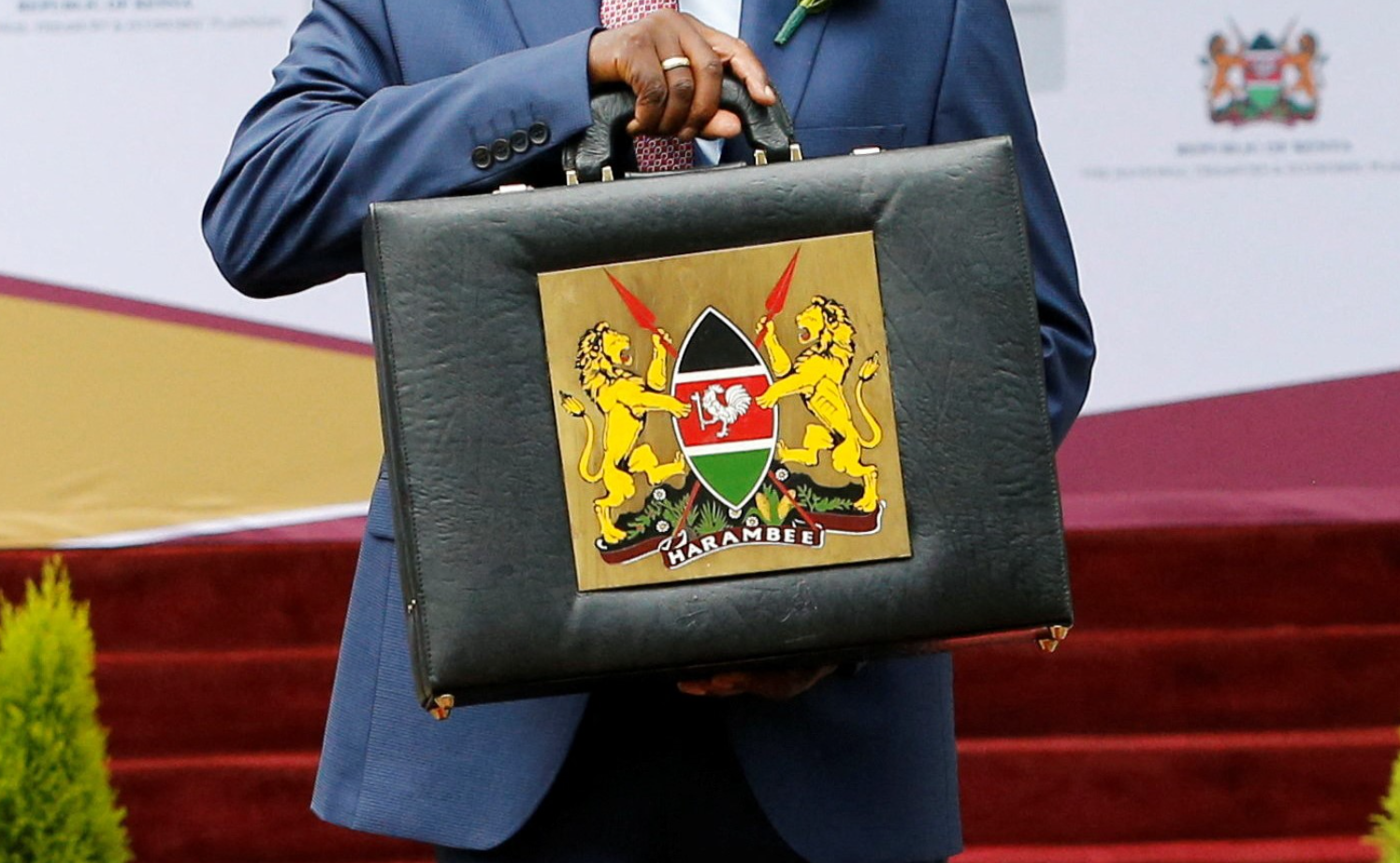A recent report by the International Organization for Travel (IOM) reveals a major shift in travel trends for Kenyans and other Africans.
Traditionally, the West, particularly the United Kingdom and the United States, drew a continual stream of migrants seeking better possibilities. However, the tide is turning, and the Gulf region has emerged as a popular destination in recent years.
This shift is due to a variety of variables. The Gulf countries provide a plethora of economic opportunities in industries such as hospitality, security, and construction, making them particularly appealing to job seekers from East Africa.
The Gulf region’s geographical proximity to Africa also plays an important impact. In comparison to Western nations, lesser distances translate into reduced travel expenses, making these countries more accessible.
Bilateral labor agreements between Kenya and many Gulf nations have further facilitated this migrant wave. These agreements serve as a framework for regulating Kenyan workers’ employment and facilitating their integration into the Gulf workforce.
The increase in remittances sent back by Kenyan workers in the Gulf demonstrates the favorable impact. Notably, Saudi Arabia has become a major source of remittances to Kenya, surpassing even previously dominating countries such as the United States and Britain.
From January to August 2023, Kenyans transferred back an astounding Sh32.3 billion (USD 246 million) to Saudi Arabia alone.

A person sighning a contract
Another aspect driving this trend is the relative ease of admission into Gulf countries. Western nations’ often tighter admission criteria provide a challenge when compared to the Gulf’s simpler processes.
Recruitment firms created in Kenya and other East African countries serve as catalysts, making the relocation process easier for job seekers.
However, African migrants in the Gulf region encounter significant hurdles. There have been reports of abuse, including physical and sexual violence, restrictions on movement, and unfair labor conditions.
These studies raise severe concerns about the safety of these workers. Recognizing this, the Kenyan government has taken steps to strengthen safety for its nationals working overseas, particularly in Saudi Arabia.
Finally, the Kenyan and African migration envision is changing. The economic prospects and accessibility provided by the Gulf region, together with supportive bilateral agreements and expedited processes, are attracting an increasing number of migrants.
While issues remain in worker welfare, the Kenyan government’s proactive approach offers some promise for better working circumstances for its residents in the Gulf region.













